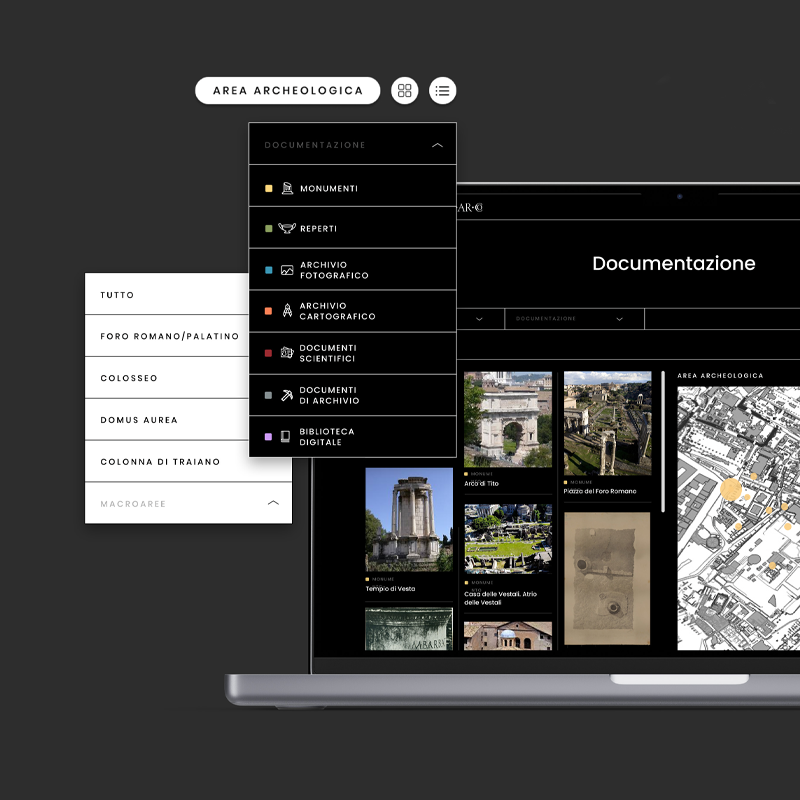ARCHEOROBOT, underground digitalization of the Cloaca Maxima
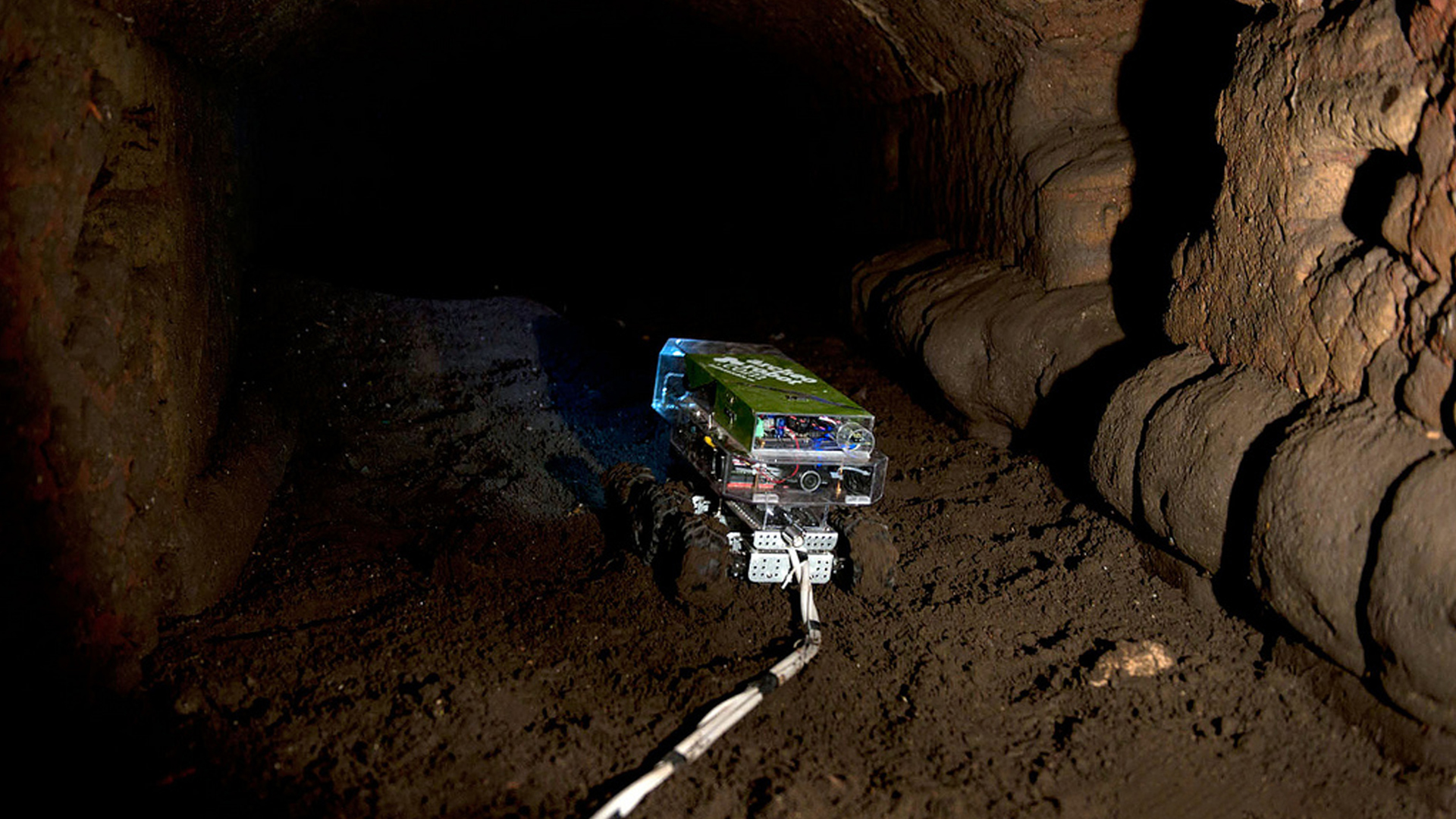
Rome’s Cloaca Maxima is one of the most significant drainage systems of the Ancient World, which was vital for the proper functioning of the city. Giacomo Boni, who held the position of Excavations Director at the Roman Forum during the early 1900s, conducted an exhaustive investigation of the monument’s stratigraphy, including a detailed study of this intricate sewer network.
The project commissioned by the Soprintendenza Speciale of Rome aimed to carry out a scientific investigation analyzing the current state of the underground installation, comparing it with existing documentation, and making it known to the public. For this purpose, we designed a robot equipped with cameras and sensors that were capable of navigating the most inaccessible conduits. Thanks to the ARCHEOROBOT, we collected detailed images and environmental and structural data on the monument, which rendered a comprehensive and up-to-date view of this historical legacy.
CLIENT Soprintendenza Speciale per i Beni Archeologici di Roma
PARTNER Indissoluble
YEAR 2012
FEATURES
- Georeferenced 3D model
- High definition photos and videos
- Collection of environmental and structural data
- Heritage preservation
- Digitalization of archaeological legacy
- Dissemination of Ancient Rome’s cultural heritage
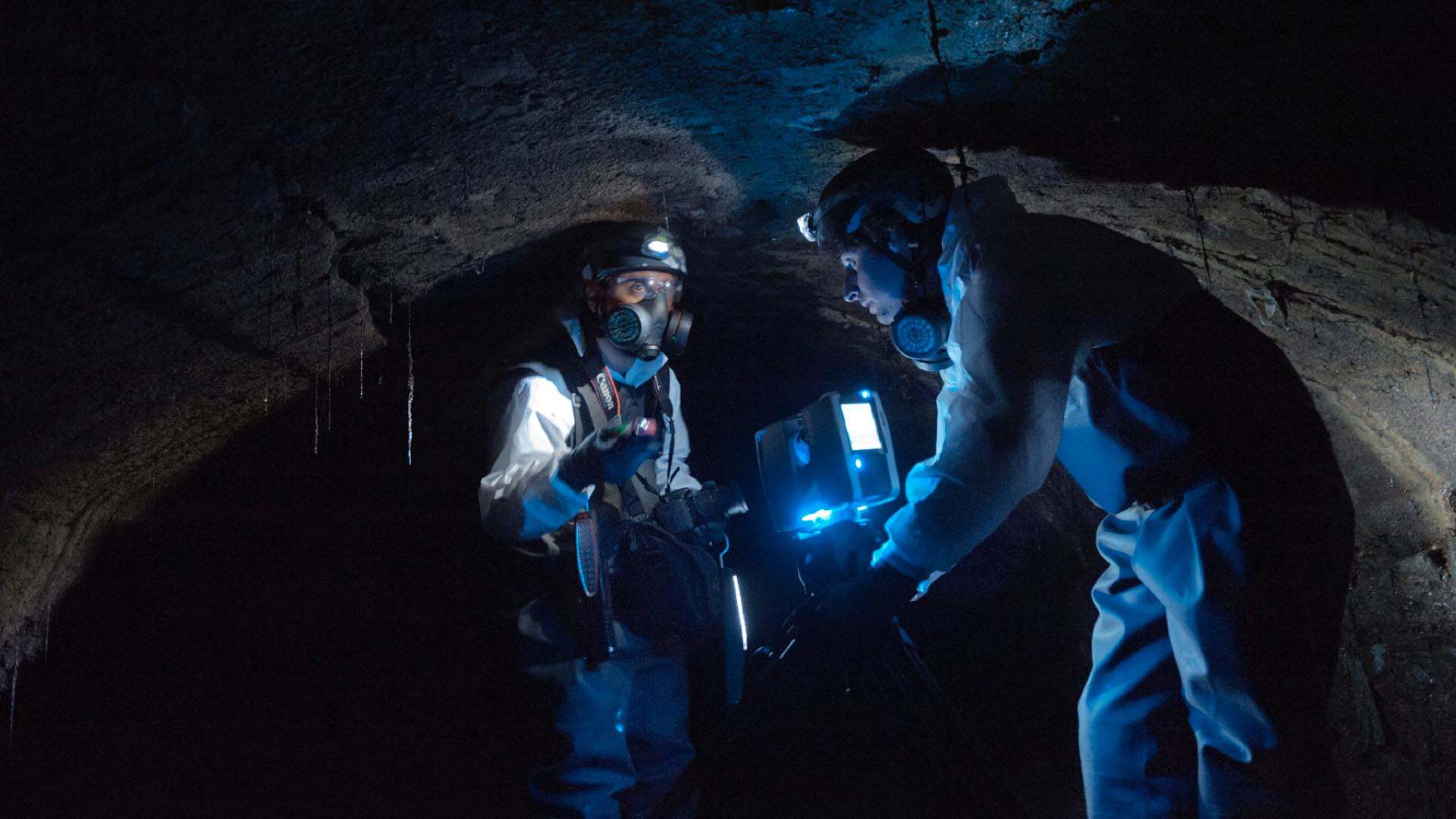
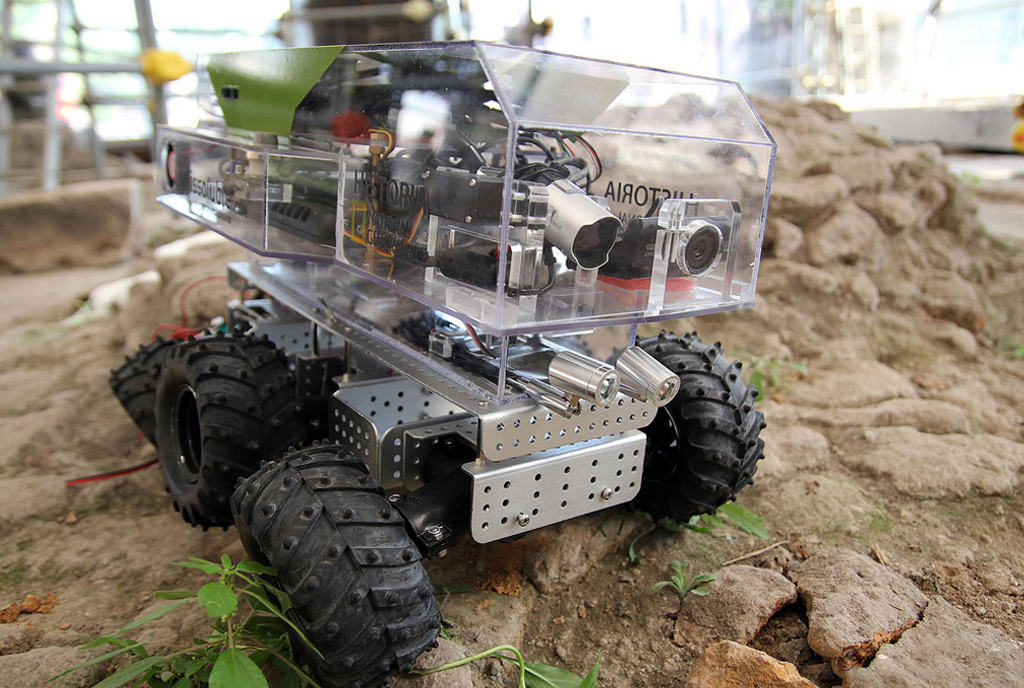
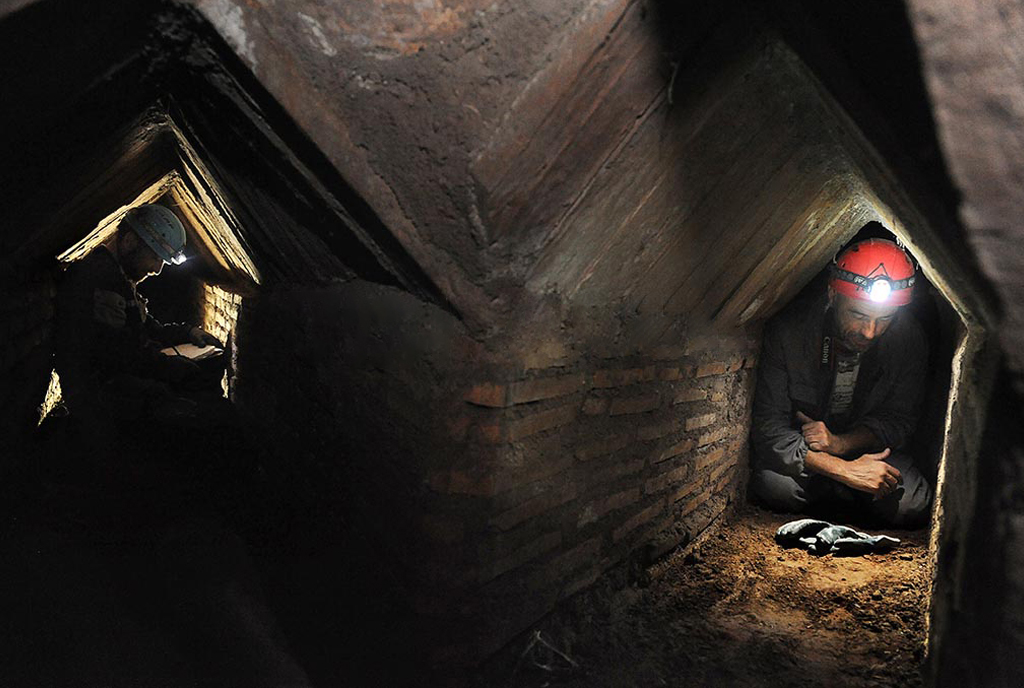
Project
ARCHEOROBOT is a tool specifically designed for exploring remote and inaccessible archaeological sites where limited dimensions, environmental conditions, or strict safety measures make human entry impossible.
The robot is very compact for this very reason, measuring 42 cm in length and weighing only 5 kg. Nevertheless, its transparent chassis is large and sturdy enough to house all the necessary devices. Among these, there are three HD cameras that capture images and videos of the monument’s constructive details, structure, and materials. In addition, its sensors enable topographic data collection that conducts a three-dimensional scan of the network, and they evaluate humidity, gas levels, and temperature fluctuations. Finally, the robot is equipped with five processors that facilitate a real-time data analysis performed from the control cabin.
The result is a georeferenced topographic 3D model of the Cloaca Maxima and its adjacent conduits, providing a panoramic view of its features and environmental and structural context. This knowledge is essential for the scientific decision-making process to improve the monument preservation, which is already closed due to the risk of collapse.
The control cabin was installed on the Forum’s surface, centralizing and processing the collected data with specific software. This analysis was carried out in close collaboration with the partners and the Soprintendenza. The installation consisted of a polycarbonate structure with the volume of a dodecahedron. During the digitalization period, this figure became part of the Roman Forum, lighting up at night alongside the surrounding monuments.
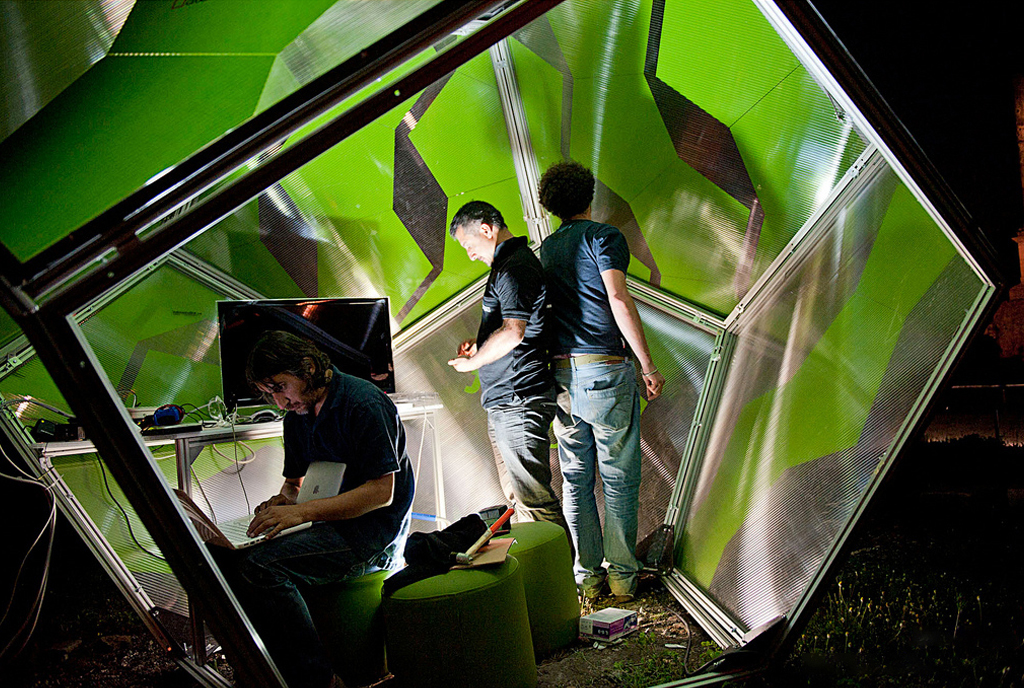
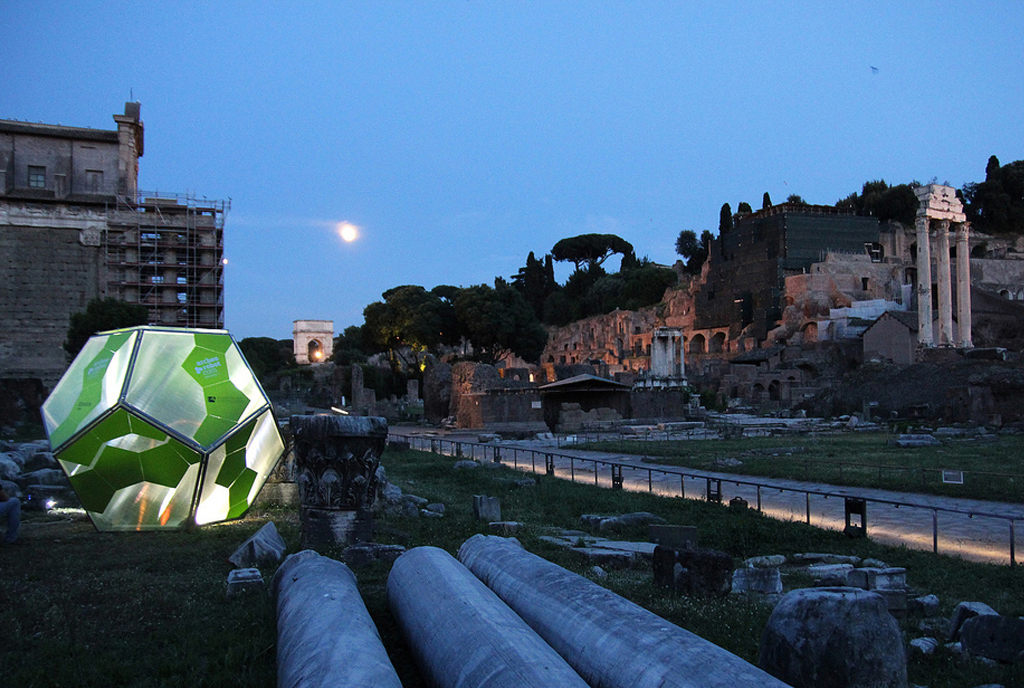
HERITAGE DIGITALIZATION
ARCHEOROBOT, in conjunction with ARCHEOLECTIO, are two milestones that significantly contribute to the dematerialization of the archaeological and documentary legacy of the Archaeological Park of the Roman Forum. Through digitization, valuable scientific and historical heritage is made available to the public while obtaining scientific and technical data that ensure its preservation over time.
PRESS
Entre la realidad y la memoria
National Geographic
I segreti della Cloaca Maxima: viaggio nelle viscere di Roma
Il Messaggero


